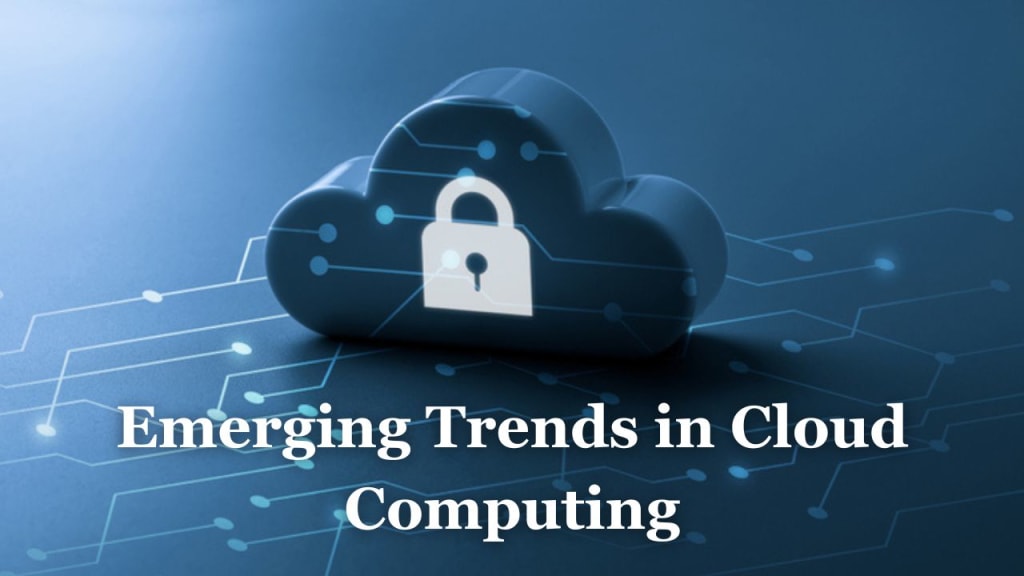Emerging Trends in Cloud Computing: Edge Computing and IoT Integration
The Convergence of Edge Computing and IoT with Cloud Computing: Shaping the Future of Data Processing

Introduction
Cloud computing has changed a lot lately. It's got fancier with new ways to handle today's apps. There are two big trends making a splash: Edge Computing and hooking up Internet of Things (IoT) gadgets with cloud systems. This article dives into what these trends are all about, why they matter, and how they're shaking things up in different industries.
Understanding Edge Computing
Definition and Concept
Edge computing is like doing your work right where you are instead of sending it off somewhere far away. Instead of waiting for a faraway computer to do the job, you do it nearby. This makes things happen faster because you don't have to wait for the data to travel back and forth.
Key Characteristics
- Low Latency: Edge computing makes things faster by doing the work right where the data is made. This means data doesn't have to travel far to big servers and back, so everything happens quicker.
- Bandwidth Efficiency: Edge computing minimizes the need to transfer large volumes of data over networks, optimizing bandwidth usage.
- Real-time Processing: Edge computing is really helpful for tasks where you need to analyze data and make decisions quickly, especially in applications that need real-time responses.
Applications and Use Cases
- Smart Cities: Edge computing enables efficient management of traffic, utilities, and public services by processing data from IoT devices installed throughout the city.
- Industrial IoT: Manufacturing facilities utilize edge computing to analyze sensor data in real-time, optimizing production processes and minimizing downtime.
- Autonomous Vehicles: Edge computing plays a crucial role in processing sensor data within vehicles, enabling quick decision-making for navigation and safety.
Challenges and Considerations
- Security Concerns: Distributing computing resources across a network introduces new security challenges, requiring robust encryption and authentication mechanisms.
- Scalability: Managing a distributed edge computing infrastructure at scale requires careful planning and resource allocation.
- Standardization: The lack of standardized protocols and architectures for edge computing complicates interoperability between different vendors' solutions.
Integrating IoT with Cloud Computing
Overview and Significance
The Internet of Things (IoT) is like having a bunch of gadgets that talk to each other and share information. When you connect these gadgets with cloud computing, it's like giving them a superpower. They can store, analyze, and organize all the data they collect in one central place, making everything work together smoothly.
Key Components
- IoT Devices: These include sensors, actuators, and other connected devices that collect data from the physical environment.
- Edge Gateways: Devices situated at the edge of the network that aggregate and preprocess data before sending it to the cloud.
- Cloud Platforms: Infrastructure provided by cloud service providers for storing, processing, and analyzing IoT data at scale.
Benefits and Advantages
- Centralized Management: Cloud platforms offer centralized management of IoT devices, allowing administrators to monitor and control devices remotely.
- Scalability: Cloud computing enables seamless scaling of resources to accommodate growing volumes of IoT data.
- Advanced Analytics: Cloud-based analytics tools leverage machine learning and artificial intelligence to derive valuable insights from IoT data.
Applications and Use Cases
- Smart Home Automation: IoT devices such as smart thermostats and security cameras integrate with cloud platforms to enable remote monitoring and control of household appliances.
- Healthcare Monitoring: Wearable devices and medical sensors transmit data to cloud-based platforms for real-time monitoring of patient's health conditions.
- Precision Agriculture: In farms, special sensors are placed to keep track of things like how wet the soil is, how hot it is, and how well the crops are doing. This information is sent to the cloud where it's looked at closely to figure out the best times to water the plants and when to add fertilizers
Challenges and Considerations
- Data Privacy: The proliferation of IoT devices raises concerns about the privacy and security of personal data collected and stored in the cloud.
- Interoperability: Making sure that different IoT gadgets can work well with different cloud systems is tricky because they don't always speak the same language. We need standard rules or protocols to make them understand each other better.
- Data Volume and Velocity: Managing the sheer volume and velocity of data generated by IoT devices requires robust infrastructure and efficient data processing algorithms.
Conclusion
Edge computing and connecting IoT devices with cloud computing are changing how companies gather, handle, and study information. Instead of sending all data to faraway data centers, now we're putting some computing power right where the data is created. This means we can use powerful cloud computers to analyze the data without sending it all over the place first. This setup opens up lots of new ways for companies to be more creative and efficient. But, making all this work smoothly means that lots of different companies need to work together and keep researching. As technology keeps changing, it's super important for businesses to keep up with these new ideas if they want to stay ahead in the digital world.





Comments
There are no comments for this story
Be the first to respond and start the conversation.